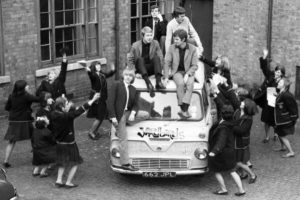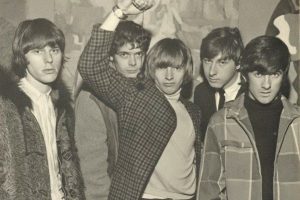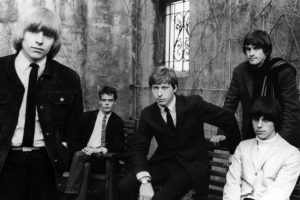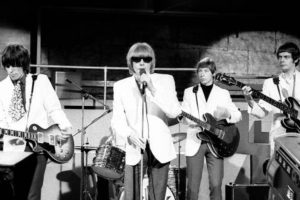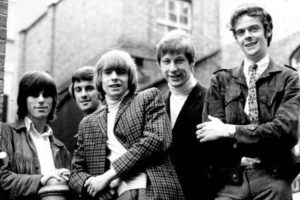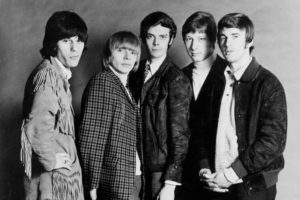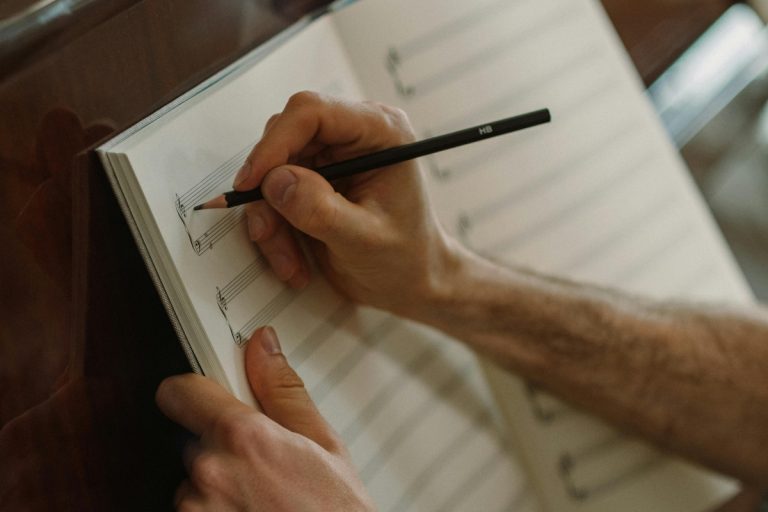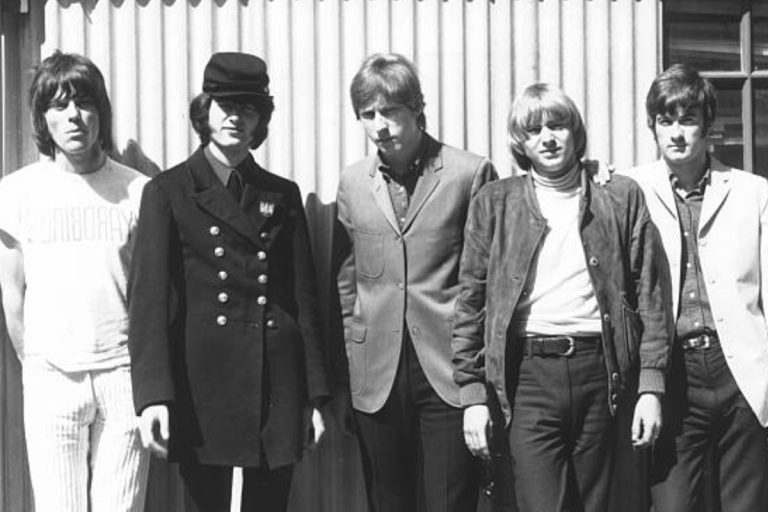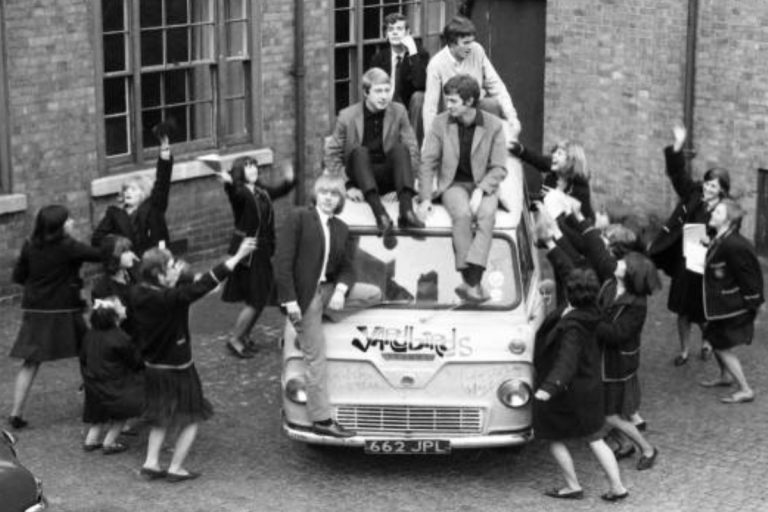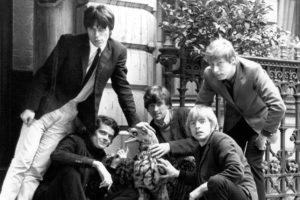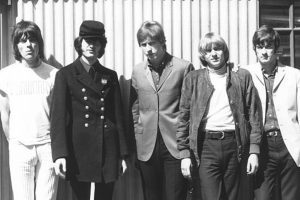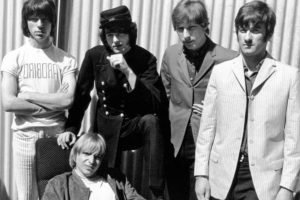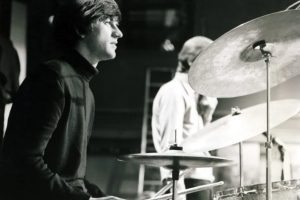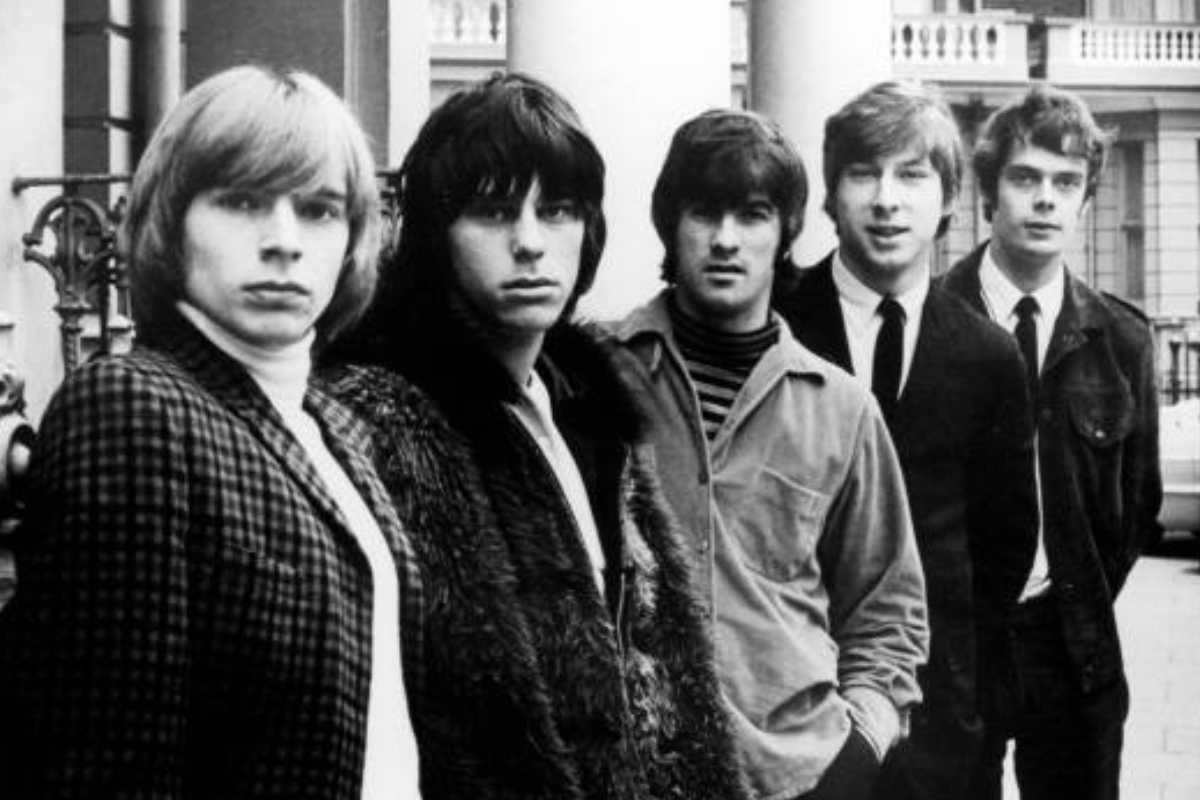
When discussing the best audio formats for preserving vintage tracks of The Yardbirds, it’s important for every music lover and collector to understand how to maintain the quality and beauty of their favorite songs. In today’s world, where sharing music online and streaming on social media is so easy, the right format is the key to preserving the original sound and emotion of old recordings.
Many people use an mp3 converter to make their music files more portable and easier to access. But for serious fans of The Yardbirds, more careful processing and format selection are needed to preserve the true essence of the music, not just convenience.
What You Will Learn in This Article
In this article, we will discuss:
- The importance of the right audio format in music preservation
- A comparison of popular formats like MP3, FLAC, WAV, AIFF, and ALAC
- Digital vs. analog preservation
- Proper bitrate and fidelity for vintage tracks
- Tools, advice, and best practices from experts
The goal of this guide is to help you choose the appropriate format to maintain the original sound and feeling carried by The Yardbirds’ music.
The Importance of Audio Preservation for The Yardbirds’ Music
The Yardbirds are more than just a rock band. They are a foundation of modern music, especially in the blues rock world. Behind their songs is the distinctive guitar sound of Clapton, Beck, and Page. So preserving their music isn’t just about storing old recordings; it’s a way to honor music history.
If the wrong format is used, the quality of tracks can deteriorate over time—especially when sourced from analog media like vinyl or reel-to-reel tapes. That’s why it’s important to understand which are the best audio formats for long-term care of their music.
Over time, restoring old audio becomes more difficult and expensive, especially if it wasn’t properly preserved from the start. Understanding the right formats paves the way for more effective digital archiving that not only ensures quality but also opens up broader access for new generations of listeners.
Comparing Common Audio Formats
Before choosing the right audio format for The Yardbirds’ music, it’s important to understand the differences between each type. Some formats prioritize portability and small file size, while others focus on the highest sound quality. In this section, we’ll look at common formats—from MP3 to FLAC—to determine which best fits your archiving goals.
MP3
MP3 is the most well-known and easiest to use. It has small file sizes and is compatible with nearly every device. But there’s a tradeoff: it does not capture the full detail of the sound due to lossy compression. For example, subtle nuances of Clapton’s blues riffs or the echo in a live vocal track may be lost. If your goal is archiving or long-term preservation, this might not be the best choice.
WAV
WAV is an uncompressed format, meaning it retains the full quality of the audio. It is commonly used by professionals in recording studios. Although the file size is large, it’s worth it if you want to preserve the original fidelity of songs like “Heart Full of Soul.” The downside is it’s impractical if you have many files or limited storage.
FLAC
FLAC is one of the most recommended formats by audiophiles. It’s lossless, preserving audio quality while slightly reducing file size. For those digitizing Yardbirds vinyl or tapes, this is often the preferred choice. It’s also good for storing metadata like album art and release year.
AIFF
AIFF is similar to WAV—uncompressed with high fidelity—but it’s more commonly used in the Apple ecosystem. If you have a Mac or use iTunes for your archive, this might be more convenient. However, it also requires large storage.
ALAC
For Apple users wanting lossless quality but with smaller file sizes, ALAC is the answer. It’s compatible with iPhones, iPads, and Macs. The quality is like FLAC but better supported on Apple platforms.
Analog vs. Digital Preservation
Analog sound has a unique character—the crackle of vinyl and warmth from tape provide a nostalgic experience. However, over time, it becomes harder to preserve. Physical media can easily degrade and are sensitive to humidity, mold, and other environmental factors.
Because of this, many archivists transfer analog recordings to digital formats. With proper digitization, the original sound is protected from physical damage while maintaining fidelity.
The best digital formats allow easier copying, editing, and storage of music files without losing quality. While analog has romantic sound and visual appeal, digital preservation is the practical solution for long-term music care.
Considering Audio Fidelity and Bitrate
Fidelity refers to how true the sound is to the original recording. For The Yardbirds’ music, this is especially important in performances like the “Dazed and Confused” era of Jimmy Page, where every note matters.
For lossy formats like MP3, higher bitrates (e.g., 320 kbps) offer better sound but still don’t match lossless formats. Lossless formats like FLAC or ALAC preserve every audio detail even with smaller file sizes. If you want to hear every subtle guitar or drum sound, these are the right choices.
Beyond format and bitrate, the quality of the original source recording is crucial. The higher the source quality, the more noticeable the differences between formats. So when digitizing vinyl or tape, make sure the recordings are clean and well-made to better preserve the true essence of the music.
Storage and Archiving Solutions
Format isn’t the only important factor—you also need a good storage system. External SSDs or cloud backups are ideal. Software like MusicBrainz Picard helps with proper file naming and metadata tagging.
If you’re a Yardbirds collector, it’s best to organize files by era, album, or lineup. For example, one folder for the Clapton era, another for Beck, and another for Page. This way, your archive stays tidy and it’s easier to find and enjoy songs.
Recommendations from Audiophiles and Archivists
Experts agree FLAC is the best balance for preservation. It’s lossless, supports metadata, and is smaller than WAV. Some professionals, especially for broadcasting or remastering, still use WAV for its raw and complete data.
Tools like Exact Audio Copy (EAC) are used for proper CD ripping, and Audacity for basic editing. Some may use mp3 converters to create mobile versions for walking or traveling, but for archiving, FLAC remains the go-to.
Preserving Live Recordings and Bootlegs
There are rare live recordings and bootlegs of The Yardbirds, like concerts at the Marquee Club or radio sessions, often on cassette or reel tapes. For these, lossless formats like FLAC or WAV are recommended.
Since these recordings can be raw and sometimes unprofessional, proper software to clean the sound is important. Tools like iZotope RX can remove hissing or hum. Despite imperfections, preserving these recordings is important as they are part of the band’s history.
Effectiveness of Formats for the Future
The future of audio preservation keeps evolving. But if you want to be prepared, choose formats with wide support. Currently, FLAC is one of the most supported lossless formats across new devices. If you’re an Apple user, ALAC is also a safe choice.
Remember, backup is not optional. Use two or more storage solutions—a physical external drive and a cloud backup—to ensure your collection is safe. This way, the music lasts longer and your connection to The Yardbirds’ songs is preserved.
Preserve the Music, Preserve the Memory
Choosing the best audio formats for preserving The Yardbirds’ music is more than a technical process. It’s a personal mission—to keep the richness of the music alive for future generations. Through the right format, proper storage, and respect for the original sound, the spirit of a band that truly changed the course of rock music is maintained.
You don’t need to be an audiophile to start. You just need the right knowledge, some patience, and a love for music. With every track you preserve correctly, you become a guardian of sound history.
